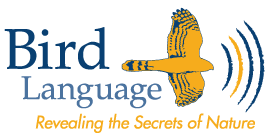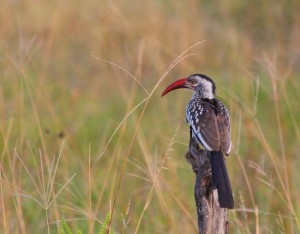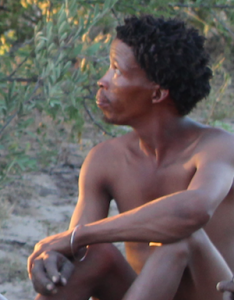History of Bird Language
For as long as humans have interacted closely with the land and animals, the behavior of the birds has been interpreted – in varying degrees of accuracy and for many different purposes. Common patterns of behavior exist in birds around the world. These patterns can indicate to observers the whereabouts of unseen people, predators, and other animals on the landscape.
This type of knowledge is common in hunter-gather societies and is still evident in cultures today ranging from the peoples in the Amazon jungle to those living in the arid Kalahari desert. The mythologies and epic tales of many ancient cultures convey, in often veiled tones, the mysterious nature of the utility that comes from developing a sensitivity to bird language – the ability to detect the unseen, an indispensable tool for both the hunter and protector.
Remnants of this ancient knowledge also exist in patches within the industrialized culture that has spread across the world, isolated into the realm of hunters and quiet observers of the forest and field.
At least one Apache group of the Sierra Madre before the turn of the last century explored the art to a high degree. The high peaks surrounding their mountain rancherias provided ideal locations for observing the movements of birds from a distance in order to detect the movement of enemy forces. This knowledge has moved through time down to the present day through mentoring in deep nature connection. Jon Young, author of What the Robin Knows, has been a recipient of this lineage of detailed understanding of bird behavior. In this blog, Jon and other skilled practitioners share stories and reflections about this unique art form that Jon calls bird language.


